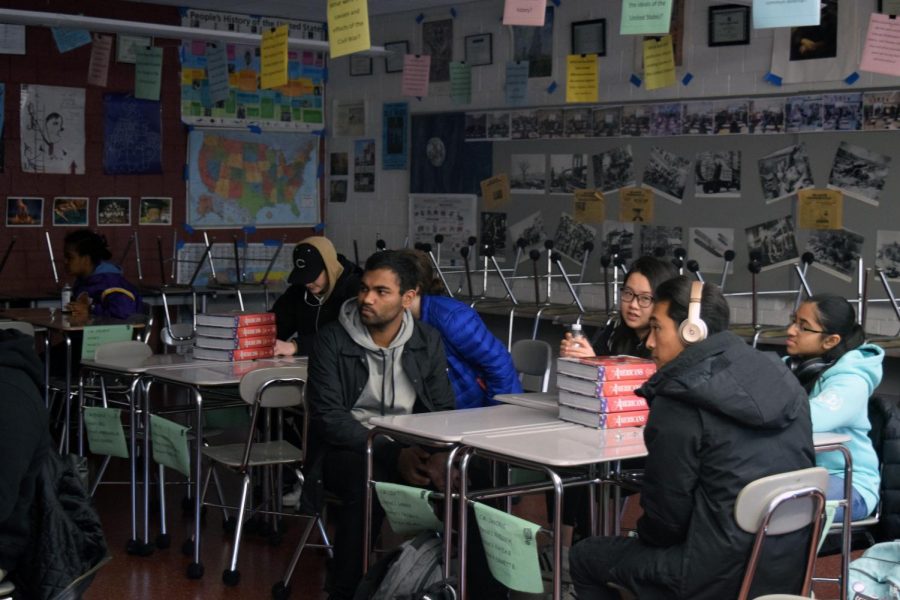Overly-Scripted X-Blocks Do More Harm Than Good
X-Blocks were introduced in 2016 to allow students to address school-wide issues and share their opinions.
January 31, 2019
Every few months, Community Meeting is extended to a full hour, classes are shortened, and a conversation begins—it’s become increasingly common with each passing year. Introduced in 2016, Community Conversations (commonly known as X-Blocks) are aimed to tackle issues affecting the school community and provide a means for students to discuss their own opinions in a safe and structured environment. While such goals are laudable, the end result has been the reverse; instead of bringing critical issues to the forefront, most X-Blocks end up devolving into inside jokes. In short, these overly-scripted discussions trivialize very real issues.
Scripted conversations are not effective means of debate, and X-Block conversations are no different. Ironically, the minute-by-minute agendas issued by school administration do little to make the conversation student-directed; if anything, this makes discussions feel like a chore. Furthermore, what has the opportunity to be a serious conversation is held back by unintentionally out-of-touch scripts and discussion starters. “Use ‘ouch’ when something is said or done that is hurtful to you,” one slide from a 2017 X-Block advised. Another conversation starter from December 2018 asked students to “name three ways you have shown respect to members of the CRLS community”—something that turns a serious topic into something overtly tedious. Once again, though the ideas behind these rules are harmless, the presentation seems to infantilize the conversation and its participants.
For X-Blocks designed to adjust student mindsets, a discussion where participants might reach their own conclusions organically through group conversation is instead stifled by unnecessarily specific instructions. Instead of suggesting that students simply discuss what words they associate with the “Honors” course designation, one slide devoted exactly fifteen minutes (often measured with timers) for students to write their words on paper and share them with two students. Scheduled conversations should not have required talking points and checklists; they should be open-ended, and nothing more. Since the endpoint of these conversations is already provided, there is no room for genuine discussion and debate.
These associations are fairly harmless on their own, but when coupled with topics of race, classism, and similar concepts, the annoyance of forced conversation is unwittingly translated to the subject at hand. After an X-Block on microaggressions, the term in question became less of a relevant area of discussion and more of an ongoing joke amongst students, due to the “cringey” nature of the conversations. There will always be students who ignore the conversation, but this X-Block format makes this even more likely while encouraging others to do the same. This is something the school community cannot afford when such important topics are being discussed.
Moreover, when the agenda for the conversation is set by officials unaffiliated with each homeroom, it is not feasible to expect a single slideshow to suffice for a school of 2000 students. Such planning instead implies an out-of-touch school administration—one that alleges that high school students are not capable of self-directed conversation.
Every homeroom is different, and discussion will, as it should, vary from room to room. To stimulate conversation in the hands of individual homerooms, administrators should provide a list of suggested topics to be freely discussed, for a natural conversation is far more effective than one instituted in a top-down manner—and certainly more than one with a predetermined outcome.
This piece also appears in our January 2019 print edition.










